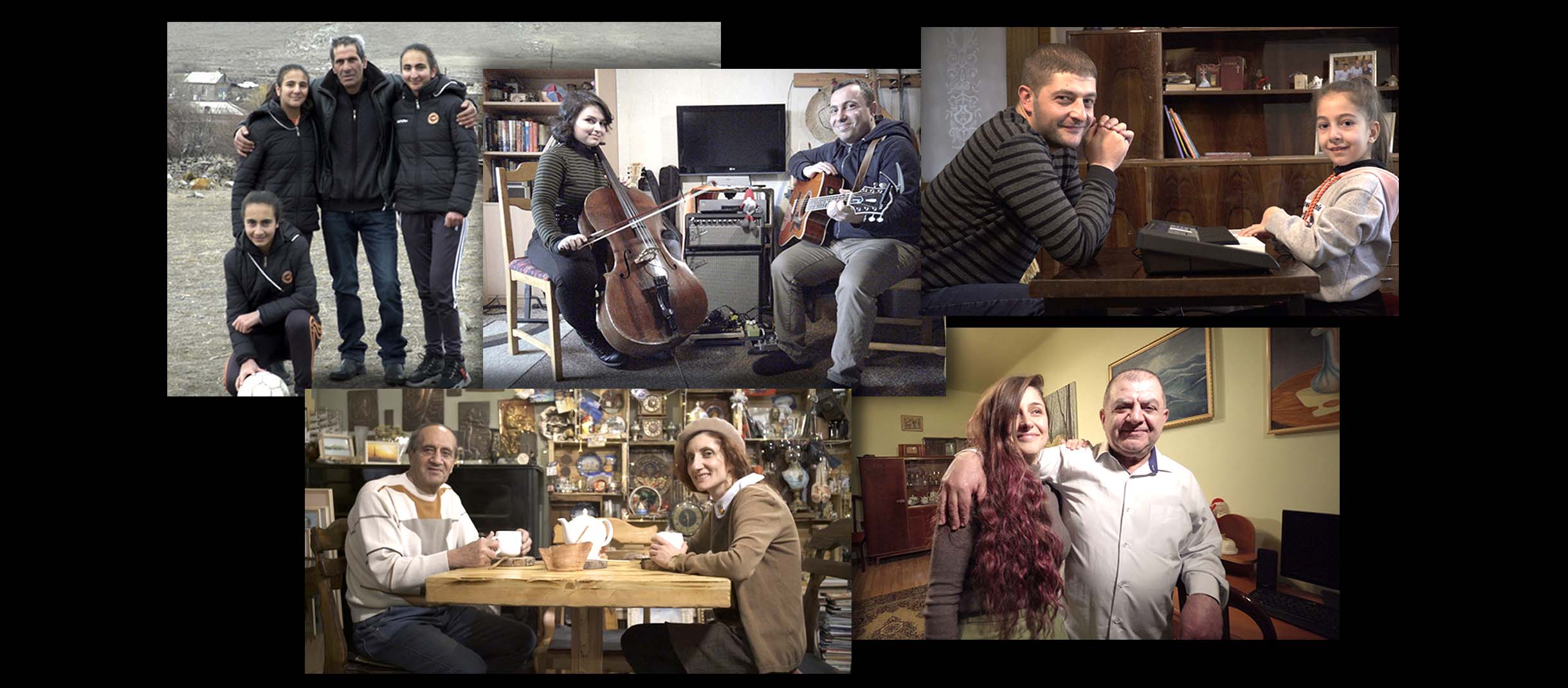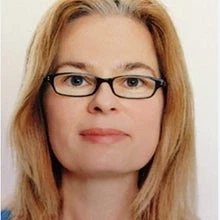 Armenian fathers and their daughters
Armenian fathers and their daughters
Much has been achieved in recent history to improve gender equality. Here is a quick look back…
Thanks to the introduction of voting rights to international law in 1948, women today enjoy the right to vote almost everywhere. Female literacy rates jumped to over 80 percent among adult women globally in 2016, from around 60 percent in the 1970s. Fewer mothers are dying in childbirth, and significant increases in female life expectancy have followed.
More women in countries at every level of income have been engaging in economic activities beyond non-market work in the home and are more likely to hold management positions than they were twenty years ago. In 2019, women held a little more than 1 in 4 legislative seats worldwide - more than double their share in 1995.
Yet, there is still a long way to go…
Despite the important progress made, significant gender gaps remain. The World Health Organization estimates that more than 1 in 3 women worldwide will experience violence in their lifetime. Gender-based violence is not only unacceptable on humanitarian grounds, but also has an economic cost – which is estimated at $1.5 trillion or approximately 2 percent of global GDP.
Gender disparities also take shape in inequality of opportunity. UN Women found that women are less likely than men to participate in the labor market and more likely to be unemployed. Women are paid less, earning 77 cents to every dollar earned by a man. At the same time, women bear disproportionate responsibility for unpaid care and domestic work, which could account for as much as 10 to 39 percent of GDP.
Inequality of access is also a major concern. With lower employment and job quality comes lower access to job-based forms of social protection, such as pensions, unemployment and maternity benefits. Women are less likely than men to have access to financial institutions or to have a bank account. Although women-owned enterprises represent more than 30 percent of registered businesses worldwide, only 10 percent of women entrepreneurs have the capital they need to grow their businesses.
These gaps impose real costs on society…
As Women, Business, and the Law 2020 points out, “equality of opportunity is good economics.” McKinsey has calculated that, if women participated in the economy identically to men, this “full potential” scenario would add $28 trillion (26 percent) to annual global GDP by 2025. Conversely, it is estimated that gender gaps cost the economy some 15 percent of GDP.
Here in Armenia, we have identified several gender gaps that manifest throughout a woman’s life. These start with a preference for sons, followed by “gender streaming” in education, in which young women self-select out of science, technology, engineering, and mathematics (STEM) studies.
By the time women reach working age, we see lower female participation in the labor force, a distinct gender pay gap, and limited representation in political and business leadership positions. It is estimated that women’s lagging participation in employment and entrepreneurship costs Armenia 14 percent of GDP.
When girls are allowed to realize their full potential, we are all better off…
To quote the famous early 20th century Armenian novelist and activist, Zabel Yesayan, “A woman is not born into this world to be pleasing. A woman is born to develop her mental, moral and physical abilities.” Over the course of history, many women have embarked on a path of self-realization to the benefit of our society.
Some examples from Armenia include: Diana Apcar, Armenia’s Consul to Japan in 1919-20, is well-known in Armenia for her role as one of the world’s first female diplomats. Anita Conti, a French-Armenian explorer and photographer became the first female oceanographer and advocated for more responsible stewardship of the marine world.
Overcoming stereotypes around women’s roles…
One of the things these inspiring women have in common is their ability to overcome social norms and perceptions about the role of women in society -pervasive, persistent, and negative stereotypes such as “sons are stronger,” “girls are not good at math,” or “business is a man’s world.”
Which brings us to the important role that men and boys can play in achieving gender equality and rights for girls. Fathers, in particular, can make a significant impact by championing their daughter(s) - standing up for their equal rights and against the gender barriers that stand in their way.
Indeed, research shows that fathers can have a strong and positive influence on the self-esteem of their emerging adult daughters.
A father’s pride…
The role of fathers in helping create a better and brighter future for all girls inspired us here at the World Bank office in Yerevan to produce a video which highlights Armenian fathers sharing the pride they feel for their daughters and their aspirations for them.
The girls and young women featured in the video describe how they strive to realize their potential – building on one thing they have in common: fathers who believe in them as individuals and make them feel free, trusted, and empowered.
Personally, I feel a strong connection with these stories, because in many ways they reflect my own experience as an individual, who happens to be a woman, with a wonderful and supportive father. I believe these girls and young women - Alla, Anna, Teresa, Tatevik, Mane, Gohar, and Shogher - would join me in simply saying “Merci Papa!” or “Shnorhakalutiun Hayrik!”


Join the Conversation